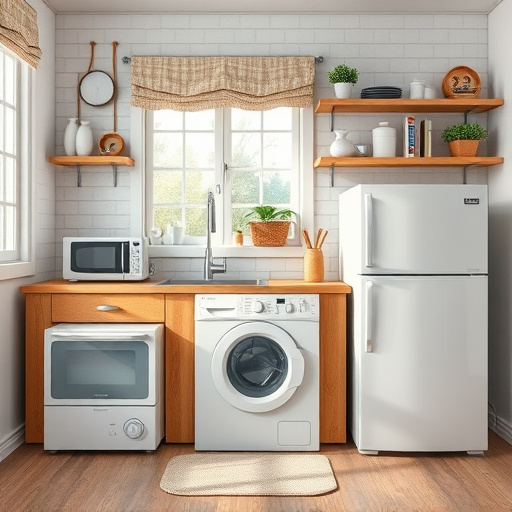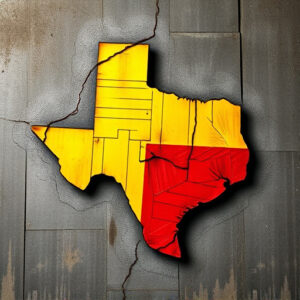Master Dryer Repairs: Troubleshooting for Reliable Drying
Common dryer issues include poor drying, unusual noises, and unexpected shutdowns. Diagnose problems…….

Common dryer issues include poor drying, unusual noises, and unexpected shutdowns. Diagnose problems by checking power to heating elements, drive belts, connections, lint filters, vent blockages, and door seals. Regular maintenance includes cleaning filters, wiping interior, checking exhaust vent, and sealing the door. Major repairs like electrical or gas faults require professional technicians.
Dryers are an essential home appliance, but they can encounter issues that impact their reliability and efficiency. Understanding common problems and their causes is the first step to ensuring optimal drying performance. This article guides you through diagnosing dryer issues, offers maintenance tips for upkeep, and provides insights on when to call a professional technician. By following these steps, you can extend your dryer’s lifespan and maintain consistent results.
- Understanding Common Dryer Issues and Causes
- Diagnosing the Problem: Step-by-Step Guide
- Basic Maintenance Tips for Optimal Performance
- When to Call in a Professional Technician
Understanding Common Dryer Issues and Causes

Dryers are relatively simple machines, but they can encounter various issues that impact their performance and efficiency. Understanding these common problems and their root causes is essential for effective troubleshooting and maintenance. One of the most frequent issues is poor drying results, which can be attributed to several factors.
For instance, a blocked or dirty lint filter can restrict air flow, leading to longer dry times and reduced heating efficiency. Similarly, a buildup of lint inside the dryer drum or venting system can cause overheating, resulting in safety sensors shutting down the appliance prematurely. Other common issues include strange noises, such as squealing or thumping, often indicating loose parts or belt problems, and unexpected shutdowns, which might be due to electrical connections coming loose or temperature control malfunctions. Identifying these problems early on allows for timely repairs, ensuring your dryer operates reliably and safely.
Diagnosing the Problem: Step-by-Step Guide

To diagnose the problem with your GE dryer, start by identifying the specific issue. Is the dryer not heating up? Check the heating element and ensure it’s receiving power by testing with a multimeter. If it’s faulty, replacement may be needed. Next, evaluate if the dryer is not spinning. Inspect the drive belt and drum bearing for any damage or misalignment. A loose connection could also disrupt motor function.
If your dryer isn’t drying clothes effectively, consider the vent system. Blockages in the lint filter or vent can restrict airflow, impeding drying performance. Clean these thoroughly. Examine the door seal too; a damaged or worn-out seal can lead to energy loss and reduced drying efficiency.
Basic Maintenance Tips for Optimal Performance

Regular maintenance is key to keeping your GE dryer running smoothly and efficiently. Start by cleaning the lint filter after every use, as built-up lint can restrict airflow and impact drying time. Additionally, wipe down the interior walls and drum with a damp cloth to remove any residue or stains. It’s also beneficial to periodically check and clean the exhaust vent to ensure proper air circulation.
Don’t forget about the door seal; keep it clean and in good condition to prevent warm air from escaping during the drying cycle. Regular inspections of these areas will help prevent future issues and maintain optimal performance, ensuring your dryer operates reliably for years to come.
When to Call in a Professional Technician

If your GE dryer is experiencing issues but doesn’t require immediate attention or complex troubleshooting, you might consider attempting some basic repairs yourself. However, there are certain situations where it’s best to leave the repair to a professional technician. For instance, if the problem involves electrical components, gas lines, or specialized knowledge, seeking expert help is crucial for safety and effectiveness.
Additionally, if your dryer isn’t producing any heat, won’t turn on, or has severe performance issues despite initial troubleshooting, it might be beyond simple fixes. In such cases, a technician can diagnose complex problems like faulty heating elements, broken thermostats, or damaged drive belts, ensuring the repair is done correctly and safely.
Regular maintenance and prompt troubleshooting are key to keeping your dryer running smoothly. By understanding common issues, following a systematic diagnosis process, and adopting basic care practices, you can significantly extend the life of your appliance. Remember, while DIY repairs can be attempted for simple problems, complex issues may require the expertise of a professional technician to ensure safe and reliable drying performance.







